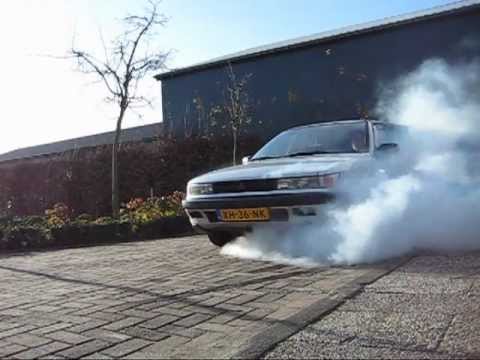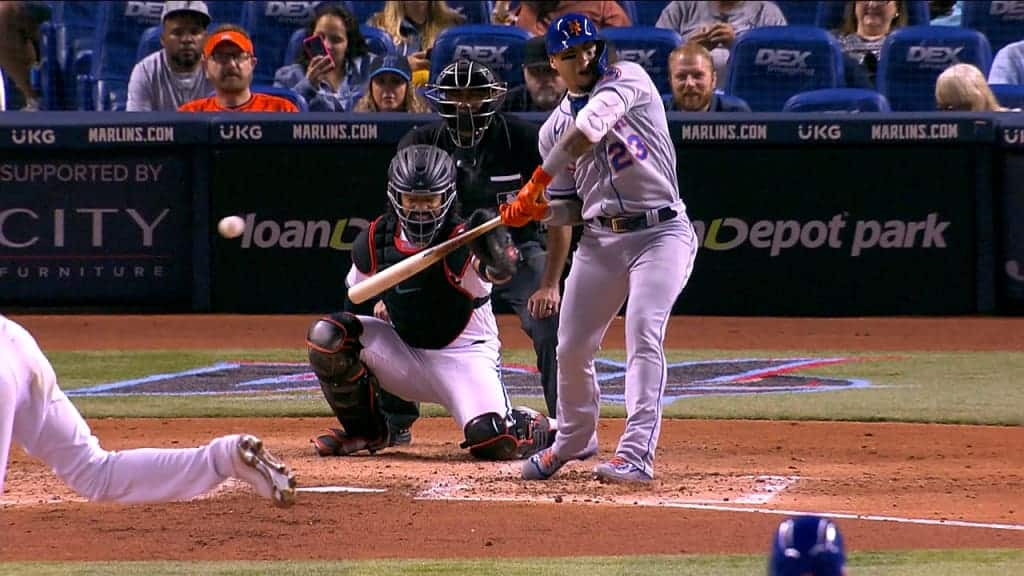For many car enthusiasts, the sight and sound of a tire-shredding burnout are synonymous with rear-wheel-drive muscle cars. But what if you’re driving a front-wheel-drive car and you’re itching to create that adrenaline-pumping experience of a burnout?
The good news is that it’s possible!
In this article, we’ll explore the exhilarating world of performing a burnout in a front-wheel-drive car. Whether you’re a seasoned driver or just looking to add some tire-smoking fun to your daily commute, we’ve got you covered with tips, techniques, and safety considerations.
Keep reading!
Table of contents
How to Do a Burnout in a Front Wheel Drive Car
Performing a burnout in a front-wheel-drive (FWD) car can be a thrilling experience, but it requires some skill and understanding of your vehicle. Here’s a step-by-step guide on how to do a burnout in a front-wheel-drive car:
#1. Find a Safe Location
Choose a safe, open location away from traffic, pedestrians, and obstacles. An empty parking lot or an isolated industrial area is ideal. Safety is paramount, so ensure the environment is free from hazards.
#2. Disable Traction Control (if applicable)
If your front-wheel-drive car has traction control or stability control, you may need to disable it. Refer to your car’s manual for instructions on how to turn off these features.
#3. Warm Up Your Tires
Before attempting a burnout, it’s essential to warm up your tires. Drive in a straight line to get some heat into the rubber. This will improve traction and make it easier to break the tires loose.
You should read: What Age Do You Graduate High School?
#4. Engage the Handbrake
Pull the handbrake firmly to engage it. This will prevent the rear wheels from moving and allow the front wheels to spin freely.
#5. Apply Full Throttle
With the handbrake engaged, press the throttle pedal all the way down. This will rev up your engine, preparing it for the burnout.
#6. Release the Handbrake and Apply Brake Pedal
While keeping your foot on the brake pedal, release the handbrake. The front wheels should start spinning while the rear wheels remain stationary due to the handbrake.
#7. Find the Right Balance
This step requires a delicate balance of throttle and brake pedal control. Gradually release the brake pedal while maintaining full throttle. This will allow the front wheels to spin faster and create the burnout effect.
Check out this related content: Which Group is a Primary Supporter of Hunter Education?
#8. Manage the Burnout
As the front wheels spin and create smoke, be ready to control the car. Keep a firm grip on the steering wheel and be prepared for the car’s movement.
#9. Monitor Your Vehicle
The key to a successful burnout is to control the duration and avoid overheating your tires. Tires can heat up quickly, so keep an eye on them. Release the throttle and brake if you feel the tires getting too hot.
#10. End the Burnout
To end the burnout, simply release the throttle and apply the brake gently. Be prepared for the car to regain traction as you do this.
#11. Check for Damage
After the burnout, inspect your tires and vehicle for any damage. Excessive or repeated burnouts can wear out the tires and strain the transmission, so it’s important to be cautious.
You should read: How Tall is Trippie Redd? Everything About the Rapper
Is Doing A Front-Wheel-Drive Burnout Hard On The Car?
Yes, performing a burnout in a front-wheel-drive (FWD) car can be hard on the vehicle, particularly on certain components. Here are some ways in which a burnout can be hard on your FWD car:
- Tire Wear: Burnouts can wear out your tires quickly. The intense friction and heat generated during a burnout can cause significant tire wear. It’s essential to check your tire condition after a burnout, as excessive tire wear can reduce their lifespan and traction.
- Transmission Strain: During a burnout, the transmission is under a significant load, which can lead to added strain. While modern transmissions are designed to handle this stress occasionally, frequent or prolonged burnouts can contribute to transmission wear and potential damage.
- Suspension and Axle Stress: The sudden torque application during a burnout can stress the suspension and axles, potentially leading to wear and tear over time.
- Engine Stress: The engine also experiences increased stress during a burnout due to high RPMs (revolutions per minute). Overdoing burnouts can lead to engine strain and may affect its longevity.
- Brake Wear: The brake system plays a crucial role in controlling the burnout. Constantly applying and releasing the brake pedal during a burnout can lead to additional brake pad and rotor wear.
To minimize the potential damage to your FWD car, it’s important to practice moderation when performing burnouts. Use a safe and open area to minimize the risk of accidents or damage to your car or others. Additionally, avoid excessive or prolonged burnouts, as these are more likely to cause harm to your vehicle’s components.
Also check out this content: How Tall is Jack Skellington? All the Facts and Details
Conclusion
Performing a burnout in a front-wheel-drive car is a thrilling experience that can add an extra dash of excitement to your driving adventures. However, it’s essential to approach it with responsibility, safety, and respect for your vehicle.
With the right technique and a safe environment, you can enjoy the smoky spectacle of a front-wheel-drive burnout without putting your car or yourself at undue risk.
So, if you’ve ever wondered how to make those front tires scream in delight, you’re now equipped with the knowledge to do just that. Have fun, but remember, safety first!
You should read: How Big is 5 Inches? 6 Items with Accurate Measurement
Frequently Asked Questions
Yes, you can do a burnout in a front-wheel-drive car. While it may be different from the burnouts typically associated with rear-wheel-drive cars, it’s an exciting and achievable feat with the right approach.
To perform a burnout in a front-wheel-drive car, start by disabling traction control (if applicable), firmly engage the handbrake, apply full throttle, and release the handbrake while simultaneously holding the brake pedal. This will cause the front tires to spin and create a burnout.
Performing a burnout, whether in a front-wheel-drive or rear-wheel-drive car, puts stress on the tires, transmission, and other components. It’s important to exercise caution and not overdo it to avoid potential damage.
Yes, safety should be a top priority. Find a safe, open area away from traffic and pedestrians. Ensure your car is in good condition, and wear appropriate safety gear, such as a seatbelt and helmet, if necessary.
Excessive or repeated burnouts can wear out the tires, strain the transmission, and potentially lead to other mechanical issues. It’s essential to practice moderation and maintain your car properly.
References
- youtube.com– how to do a burnout in a front wheel drive car
- wikihow.com– how to do a burnout in a front wheel drive car
- cartreatments.com– how to do a burnout in a front wheel drive car
Recommendations
- 26 Legitimate Ways to Get a Costco Student Membership for Free
- What Age Do You Graduate High School?
- Which Group is a Primary Supporter of Hunter Education?
- How Tall is Trippie Redd? Everything About the Rapper
- How Tall is Jack Skellington? All the Facts and Details
- How Big is 5 Inches? 6 Items with Accurate Measurement






